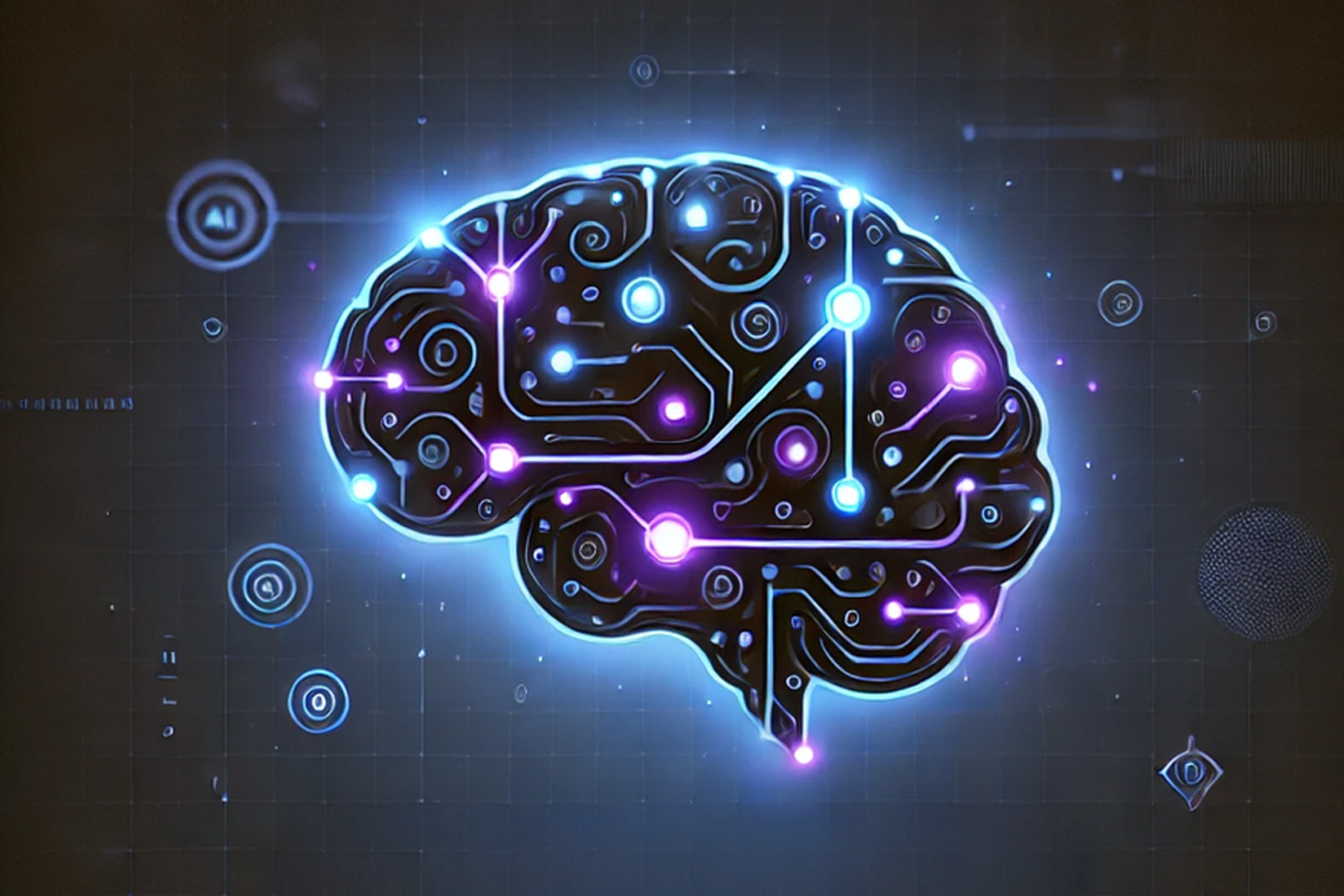Top 10 Future Technology Trends in 2025: AI, Cloud, and Emerging Innovations

16 Sep 2025
Introduction: The Future of Tech Is Here
Technology is evolving faster than ever. With artificial intelligence transforming industries and quantum computing approaching reality, the year 2025 will be one of the years of breakthroughs. Companies utilizing new technologies in 2025 will have a competitive advantage, and those that fall behind may find themselves doing nothing.
This article will discuss the 10 best technology trends to be followed in 2017. These trends will guide you on your path to the future of digital transformation, regardless of whether you are a startup founder, an IT professional, or a business leader, and can help you make wise decisions about your tech strategy.
1. AI Everywhere: The Rise of Intelligent Automation
Artificial intelligence remains the most transformative force in technology.
The most disruptive technology is artificial intelligence.
As early as 2025, AIs will go beyond chatbots and predictive analytics into full business automation:
- Generative AI is generating marketing materials, product designs, and even code.
- Customer support is powered by AI and enhances personalization.
- Smarter supply chains with predictive decision-making.
Businesses must invest in AI tools to stay competitive and explore how automation will redefine workflows.
2. Cloud Computing Evolution
Cloud computing is no longer just about storage and hosting; it’s about scalability, flexibility, and speed.
- Hybrid and multi-cloud models will dominate.
- Cloud providers will focus on AI-driven cloud management.
- Edge-to-cloud integration will decrease the latency of real-time applications.
With the online transformation and cloud trends in 2025, businesses will be required to streamline their cloud initiatives in order to manage the growing data requirements.
3. Edge Computing Growth
With the growth of IoT devices, autonomous vehicles, and applications in real-time, edge computing is coming into focus.
Edge computing: processing the data nearer to its origin is possible:
- Minimizes the time lag to have quicker responses.
- Enhances user experiences in gamification, healthcare, and retail.
- Increases security as it restricts the transfer of information.
Companies that adopt edge solutions will be at the forefront, such as those in manufacturing and smart cities.
4. Cybersecurity Becomes Smarter
With the rise of AI, cloud adoption, and connected devices, cybersecurity threats are evolving.
In 2025, expect:
- AI-powered threat detection that anticipates and neutralizes attacks.
- Zero Trust frameworks are becoming standard for businesses.
- The use of biometric authentication instead of conventional passwords.
Cybersecurity technology is not an option anymore; it is a survival necessity in the year 2025.
5. Sustainable Technology Trends
Green technology is an emerging priority with companies seeking to be sustainable and carbon-neutral.
- Data centers that are run on renewable energy and are energy-efficient.
- AI tools that will streamline resource use in industries.
- Circular economy practices that have digital support.
Sustainability will be not only a regulatory need but a competitive advantage as well.
6. Quantum Computing Progress
Quantum computing is no longer a far-fetched dream.
In 2025:
- Major tech companies will begin offering quantum-as-a-service platforms.
- Pharmaceuticals, logistics, and financial complex issues will be resolved exponentially faster.
- Businesses will have to be ready to implement post-quantum cybersecurity in order to secure confidential data.
7. The Future of AI and Automation
The combination of AI and robotics will redefine the new roles of the workforce:
- Factories will have collaborative robots (also known as cobots) working with humans.
- HR systems that are driven by AI will make hiring and retention easier.
- Predictive analytics will be used to inform business strategy and decision-making.
This merging will enhance productivity besides necessitating upskilling of staff.
8. Immersive Experiences: AR and VR Go Mainstream
In 2025, augmented reality (AR) and virtual reality (VR) will no longer be a part of the gaming industry:
- Retailers that have virtual try-ons and shopping experiences.
- VR in remote teams collaborating and training.
- Maintenance and field service operations by AR.
Healthcare and educational industries are only some of the industries that will change through these immersive technologies.
9. Digital Transformation at Scale
Digital transformation has ceased to be a buzzword; it has become a need.
In 2025, businesses will:
- Embrace AI, cloud, and IoT in all processes.
- No-code and low-code adoption: Develop low-code and no-code to accelerate innovation.
- Achieve customer-centric digital strategies.
Firms that are not adaptable will be unable to handle competition.
10. 5G and Beyond
Expansion of 5G networks will make new options possible: it will provide faster and more reliable connections.
- Real-time AR/VR experiences.
- Smart city infrastructure.
- Independent transportation systems.
With the increasing speed of 6G research, connectivity is going to be the innovation backbone.
How Businesses Can Prepare for Emerging Tech in 2025
In order to exploit these emerging IT trends, companies ought to:
- Invest in Skills: Educate the employees on AI, cloud, and cybersecurity.
- Update Infrastructure: Go with scalable and secure technologies.
- Adopt agility: Agile ways of pivoting.
- Prioritize Security: Protect sensitive data with advanced solutions.
- Sustainability Planning: Adopt greener technology.
Conclusion: Stay Ahead of The Curve
The year 2025 is a technological shift. The rates of change will only increase with AI-based automation and sustainable innovations. With their awareness and pro-activity, businesses can convert these new IT innovations into 2025 opportunities to grow.
Looking at cloud computing, cybersecurity, or digital transformation, the way to ensure success is to be innovative and get your staff ready to achieve success in the future.





